Death road: Crossing the Pul Sirat every day
New make-shift trek connecting Kalam and Bahrain poses threats to drivers.
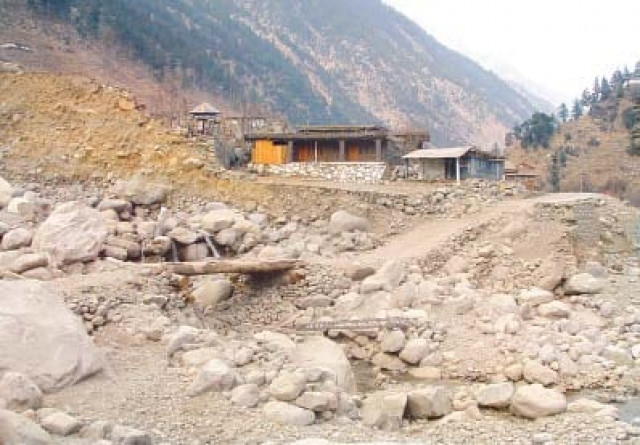
Locals, with the help of the army, have formed a make-shift trek but it is not driver-friendly. One has to keep their complete focus on the road - one letup and you might find yourself tumbling down the steep mountain edge into the tumultuous river.
Nasir, who was travelling for the first time after the floods said, “Had I known about the road, I would have never come here. But now I have to cross it out of compulsion since there is no other way to reverse the vehicle.”
And that is the state of the road at the moment. There is not enough space to allow two vehicles to cross at all points of the road. There are a few points strewn across the road that can be used for crossing. One vehicle waits while the other inches past.
“We are fully aware of the hazards but what to do? The people [living in Bahrain and beyond] need food and other daily supplies,” said Sarzamin, a local driver. The road is busy with local vehicles carrying goods from Kalam to other parts of the valley and back.
“Yes, accidents occur every now and then. But we do not have another option, this route is indispensable to us,” Sarzamin added.
Tanvir Abbasi, who works for a local non-governmental organisation, said, “I don’t think that our government will be able to restore the previous road even in a decade.”
The water level in the river has fallen due to winters. This is the perfect opportunity to start rehabilitation work on the road, according to an engineer working with UNHCR. “They have to build a protective wall along one side of the road and then start making the
road,” he said.
But no such project has been started yet by the government. Abbasi said, “The elected representatives visit Kalam by helicopter – the whole destruction on the way remains invisible to them – they can only realize it when they visit this area by road.”
Published in The Express Tribune, January 11th, 2011.

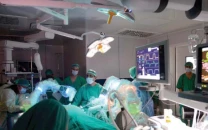
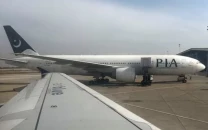

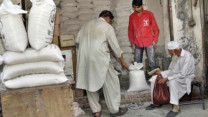

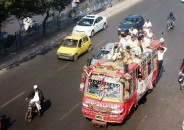



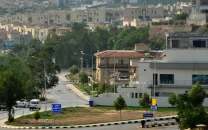
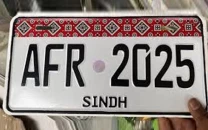
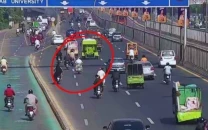






COMMENTS
Comments are moderated and generally will be posted if they are on-topic and not abusive.
For more information, please see our Comments FAQ